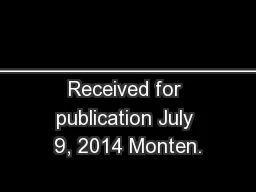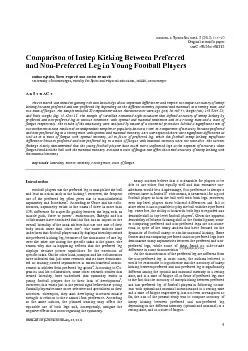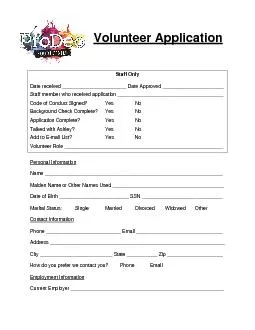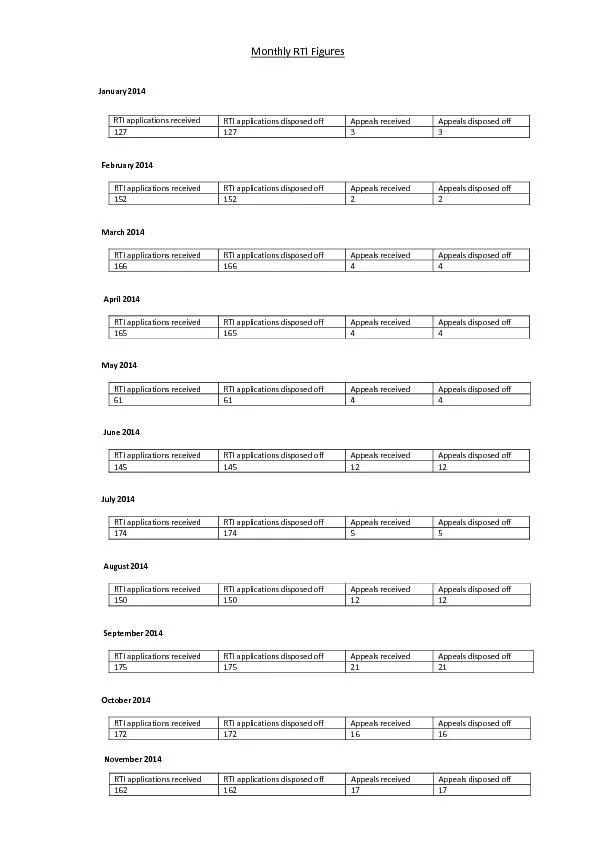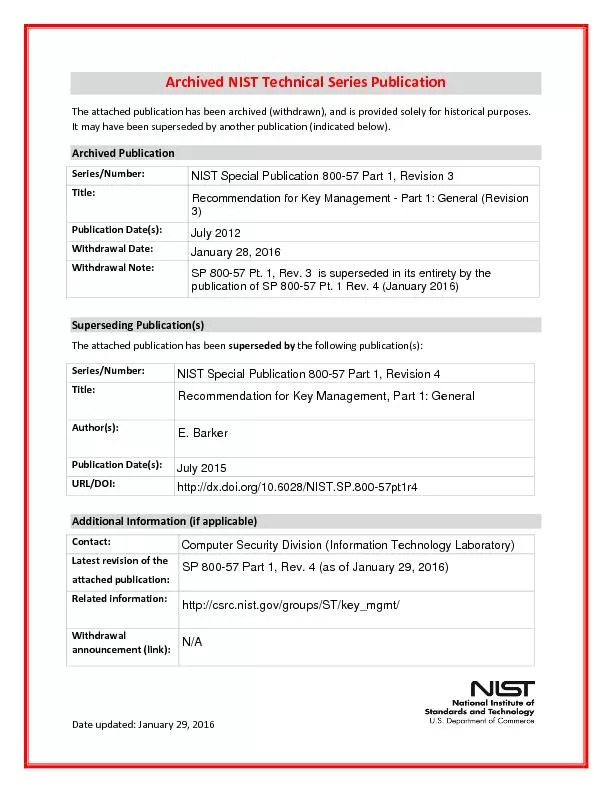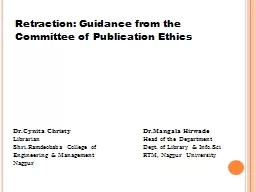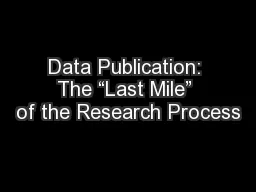PDF-_______________________ Received for publication July 9, 2014 Monten.
Author : test | Published Date : 2015-08-24
Handedness While on gross inspection the human body appears anato S Akpinar et al Lefthandersfooters representation in Sports Monten J Sports Sci Med 3 2014 2 33
Presentation Embed Code
Download Presentation
Download Presentation The PPT/PDF document "_______________________ Received for pub..." is the property of its rightful owner. Permission is granted to download and print the materials on this website for personal, non-commercial use only, and to display it on your personal computer provided you do not modify the materials and that you retain all copyright notices contained in the materials. By downloading content from our website, you accept the terms of this agreement.
_______________________ Received for publication July 9, 2014 Monten.: Transcript
Download Rules Of Document
"_______________________ Received for publication July 9, 2014 Monten."The content belongs to its owner. You may download and print it for personal use, without modification, and keep all copyright notices. By downloading, you agree to these terms.
Related Documents

